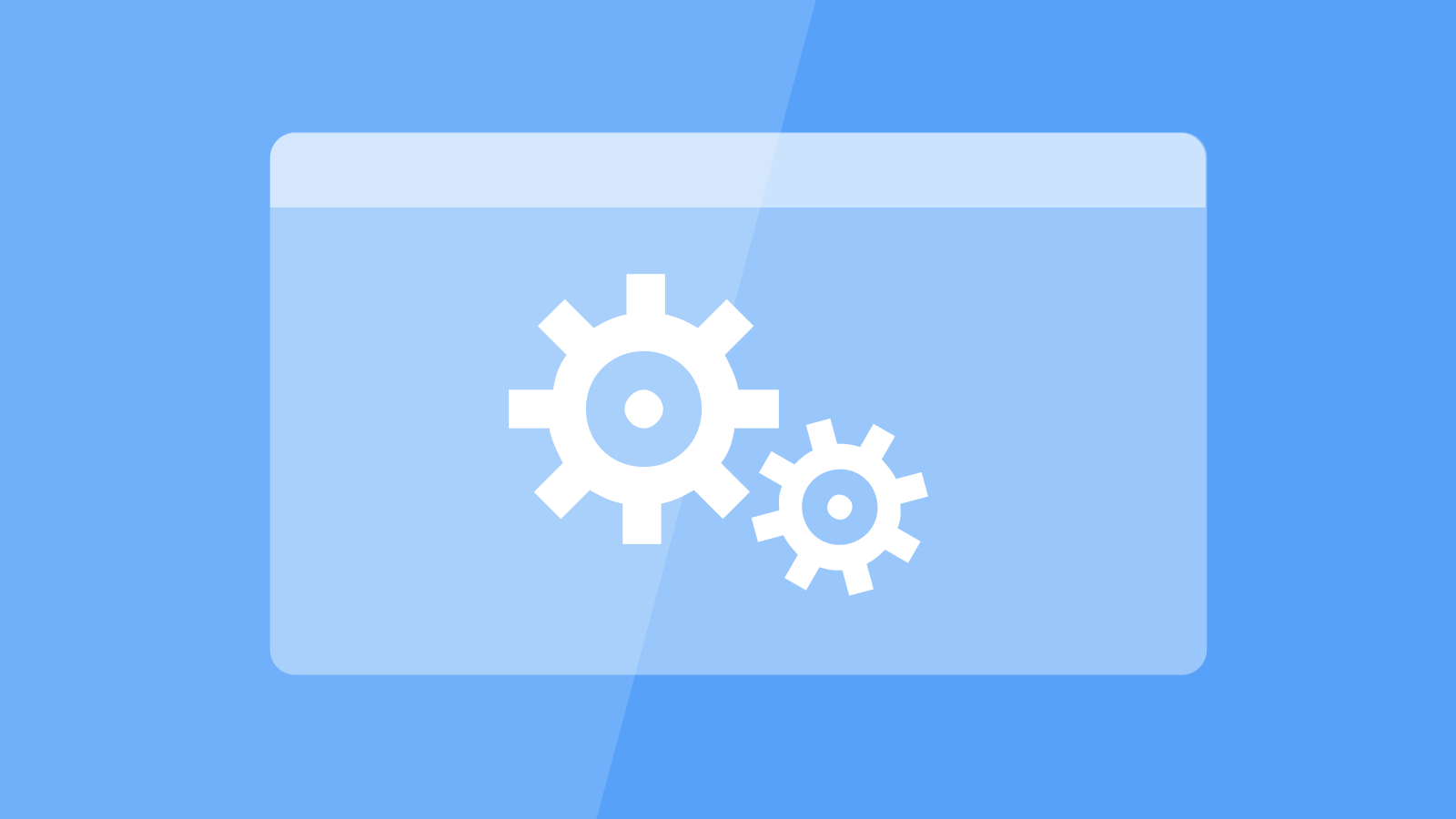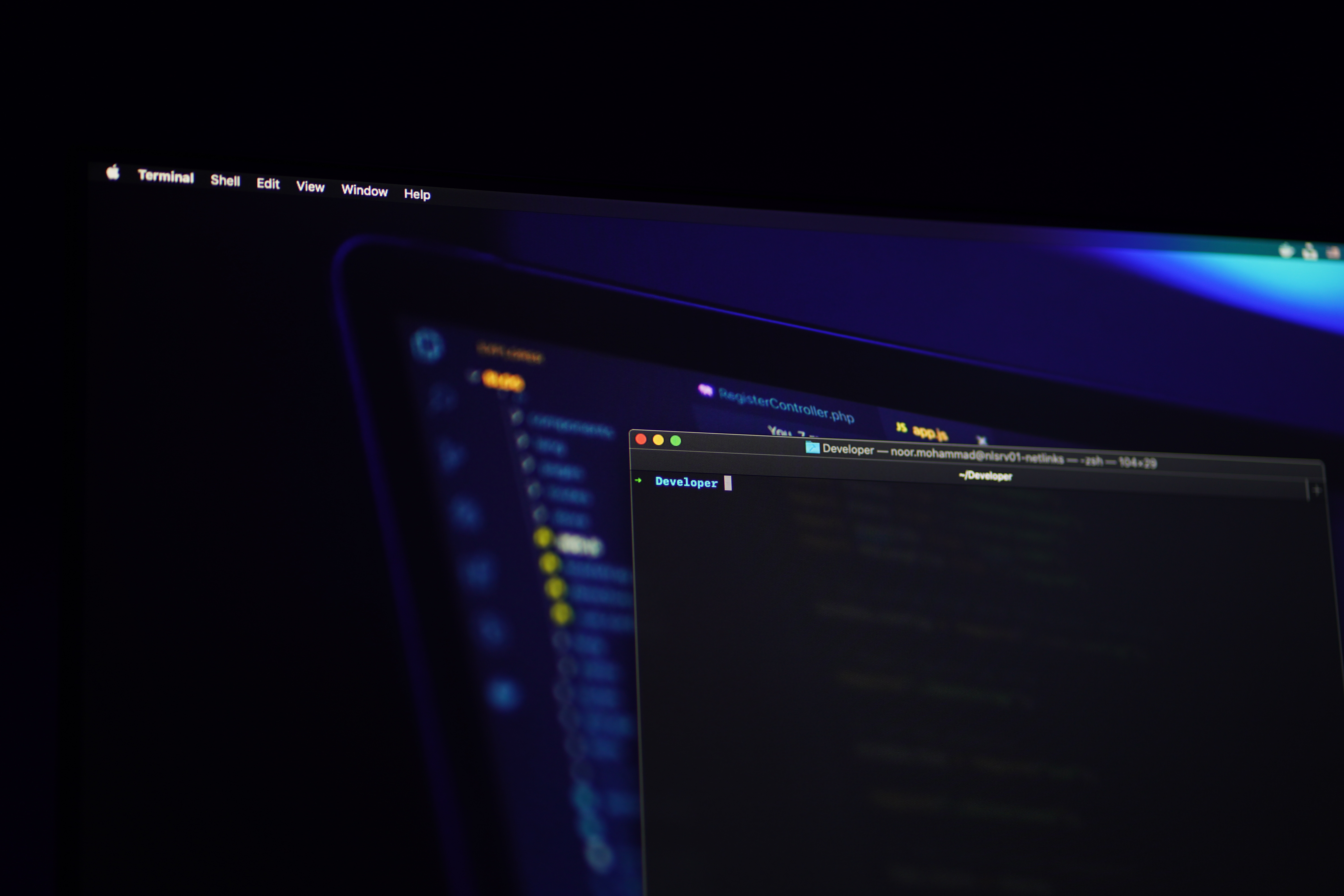You would have to search far and wide to find a company that isn’t thinking about digital transformation at some level or making it a strategic priority. A study by IBM found that modernizing existing applications and infrastructure is a top digital transformation goal for over 40% of IT decision makers.
As a result, the global application modernization market is expected to grow from USD 11.4 billion in 2020 to USD 24.8 billion by 2025, at a compound annual growth rate of 16.8%.

What is application modernization?
Application modernization is the process of upgrading existing legacy applications and modernizing their platform infrastructure, features, UI design, and more. Through modernization, a company’s IT architecture becomes better equipped to integrate with technologies that are essential today, such as cloud services, mobile computing, microservices, and data analytics.
This improves an organization’s agility and ability to meet evolving end user needs and UX expectations. Studies show that 78% of users desire simpler, more reliable, and easier-to-use tools.
Cost-effective paths to application modernization
Thousands of companies worldwide are in need of modernizing their business-critical Java apps without totally reinventing their enterprise UX or undertaking a rewrite.
App modernization can be a daunting and – let’s face it – expensive task. At Vaadin, we view Gartner’s seven options to modernize on a scale based on their invasiveness and the associated costs of integrating new and/or existing features to find the most cost-effective path for your app’s modernization.
In the above graph, the yellow line represents the additional costs of integrating new technologies and features into an existing app. In contrast, the blue one shows the costs for integrating already existing technologies and features.
If you’re like most organizations, neither of the two extreme scenarios may necessarily apply to your business case. The old and the new features are both important to your app’s future so you’re looking at a line of combined costs like the green one.
Here, you can integrate both old and new technologies by finding ways to transform your existing code and extract value from the tested, working code you have in production today, in order to innovate faster. In this context, your path to modernization points towards “transforming the app”, which is a choice between re-platform, refactor, and re-architect.
Let's briefly look at each approach.
Re-platform
During a re-platform, your application is moved to a new platform without legacy runtimes by making minimal changes to the source code and structure of the application. For example, as a Vaadin user, this would be like migrating from Vaadin 8 to Vaadin 14.
Refactor
When an app is refactored, its existing code is restructured and optimized to remove accumulated technical debt, and improve the app’s non-functional attributes. Refactoring can be corrective or preventive in nature and future-proofs the app’s functionality for the years to come.
Re-architect
Not all apps may be optimally ready for a direct migration from their current state to a new platform. Therefore, as part of a re-architect, the app is refactored with the intention of making the migration process easier.
 Image by Mohammad Rahmani via unsplash.
Image by Mohammad Rahmani via unsplash.
When it comes to application modernization, whatever the state of your application, there are many possible tried and tested approaches that will fit your situation. For example, if you’re currently on an older legacy platform and looking to perform a migration to Vaadin that would require a more invasive modernization, then that is possible too.
Dive into all of Gartner’s seven modernization options to find out how Vaadin can bring your strategic IT vision closer to reality.
The way forward
Technologies age, new platforms emerge, customer requirements change and the standards for a great UX are on the rise. The need for modernization is often caused by a combination of these factors.
We can help you take your business app to the next level and crystallize the optimal path how to get there. Find out more.
Psst! Want to unlock the value of your legacy application? Then this webinar is just for you.